Location

VFRAME: Visual Forensics and Metadata Extraction
Adam Harvey (US), Josh Labouve (US)
In conflict zones around the world, serious human rights violations repeatedly occur through the use of illegal munitions. VFRAME shows how surveillance technologies can be used to document such violations – for example in the Syrian conflict. A visual search engine was trained to analyze video data sets from battle zones to spot such weapons. In order to train the neural network of the search engine to recognize them even in low-resolution recordings, 3D models were created and fed into the object detection software.
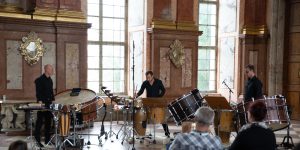
Bruckner Percussion plays Xénakis
Leonhard Schmidinger (AT), Fabian Homar (AT), Vladimir Petrov (BG)
Iannis Xénakis (1922-2001) composed Okho for three djembe players. The premiere took place on October 20, 1989 on the occasion of the Paris Autumn Festival. Our interpretation deviates from the original instrumentation and makes use of an extended percussion setup of the kind Xénakis himself uses in his solo piece Rebond B for percussion.

Mutual Understanding
Thomas Grill (AT)
Two acoustic agents incarnated by large horn loudspeakers are incessantly exchanging acoustic codes. Based on models of human vocalization, they develop their vocabulary independently from a natural language. In their ongoing discourse, they follow a common goal: to optimize the beauty of their own vocal expression.
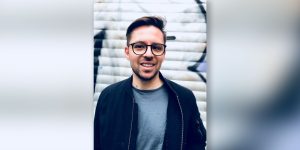
ForTunes
Florian Richling (AT)
ForTunes is an all-in-one insights app for a new generation of music creators.
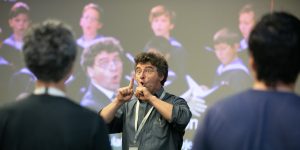
The Neuromusic Education Simulator (NES) Project
Wiener Sängerknaben (AT), Gerald Wirth (AT)
In cooperation with developmental psychologists and pedagogues, Professor Gerald Wirth developed his engagement-centric teaching methodology. The use of the Neuromusic Education Simulator, based on the Wirth method and applying VR & AR, allows teachers and students to practice, gain experience and receive feedback, including talent and deficiency detection (ADHD).
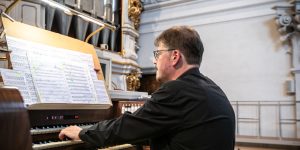
Organ Music in the Field of Tension Between Inspiration, Compostition and Improvisation
Klaus Sonnleitner (AT)
Klaus Sonnleitner’s organ concert takes the audience from Johann Sebastian Bach and Wolfgang Amadeus Mozart to French sound worlds and improvisations in the spirit of Anton Bruckner.
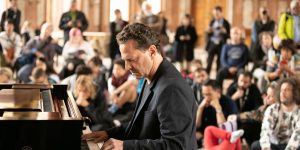
Orogenesis: Spacial Piano Improvisation Inspired by the Formation of Mountains
Rupert Huber (AT)
When two continental plates collide, one becomes subducted beneath the other. Rupert Huber´s piano improvisation represents this process by putting sound to the formation of an imaginary mountain.
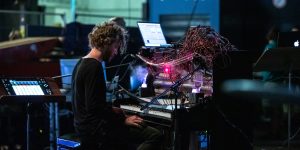
A-MINT
Alex Braga (IT)
There is nothing simpler yet more complex than a human being. The challenge of Alex Braga is to create a new and organic kind of sound with the aid of a revolutionary new instrument called A-MINT. It is an adaptive artificial intelligence working in real-time for the artist and enabling any musician to explore infinite creativity.

SHOJIKI “Play Back” Curing Tapes
Muku Kobayashi (JP), Mitsuru Tokisato (JP)
Rewinding curing tapes with a motor. The performers use a switch to control the rotation direction of the motor and its ON/OFF. Each time the tape is rewound on to the motor axis, it makes peeling sounds and continuant sounds.

NOISA
Koray Tahiroglu (FI/TR)
NOISA, the Network of Intelligent Sonic Agents, is an interactive music system that monitors the performer’s actions and provides autonomous and non-intrusive counteractions. In this co-creative music performance, intelligent sonic agents are designed to support the music performance by providing responses that encourage and maintain the communication and motivation of the performer with the NOISA system.


